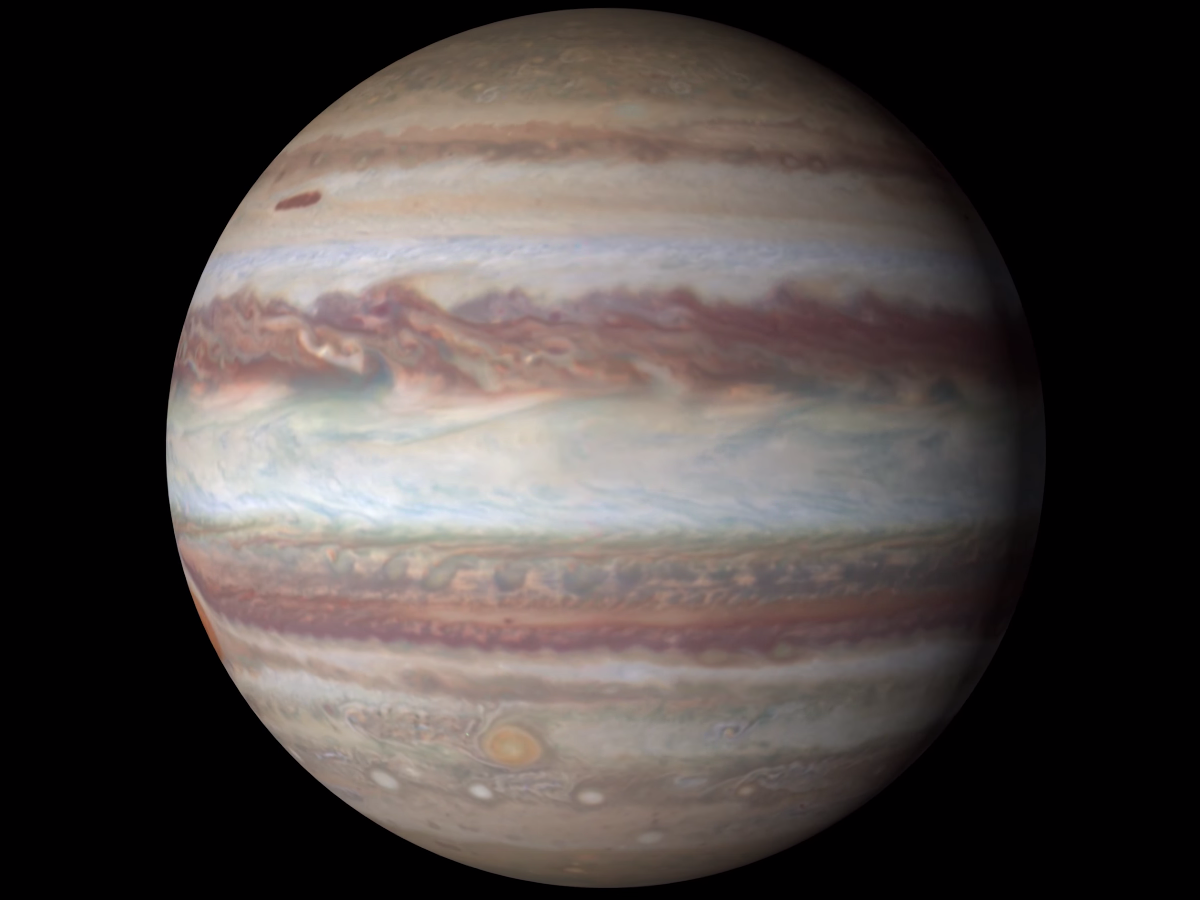New Nasa video shows Jupiter in stunning 4k resolution
Nasa's latest video shows us Jupiter like never before
Your support helps us to tell the story
From reproductive rights to climate change to Big Tech, The Independent is on the ground when the story is developing. Whether it's investigating the financials of Elon Musk's pro-Trump PAC or producing our latest documentary, 'The A Word', which shines a light on the American women fighting for reproductive rights, we know how important it is to parse out the facts from the messaging.
At such a critical moment in US history, we need reporters on the ground. Your donation allows us to keep sending journalists to speak to both sides of the story.
The Independent is trusted by Americans across the entire political spectrum. And unlike many other quality news outlets, we choose not to lock Americans out of our reporting and analysis with paywalls. We believe quality journalism should be available to everyone, paid for by those who can afford it.
Your support makes all the difference.The Hubble Space Telescope has provided 4k images of Jupiter, offering a more detailed view of the planet than ever.
Every year new photos are taken by the Hubble telescope of each planet in order to spot any visible changes that might occur.

Jupiter is the first of our solar system to have its picture taken this year, a particularly special event considering the new ultra-HD 4k resolution.
Interesting features have arisen as a result, including a rare wave above the planet's equator and changes in its Giant Red spot.
“Every time we look at Jupiter, we get tantalizing hints that something really exciting is going on,” said Amy Simon, a planetary scientist at NASA’s Goddard Space Flight Center in Greenbelt, Maryland. “This time is no exception.”
The findings have confirmed that the Spot has been shrinking and becoming rounder over time. It has also turned to more of an orange colour, with the core mellowing in intensity.
Nasa reports that "An unusual wispy filament is seen, spanning almost the entire width of the vortex," which rotates and twists due to winds reaching 330 miles per hour or more.

Join our commenting forum
Join thought-provoking conversations, follow other Independent readers and see their replies
Comments